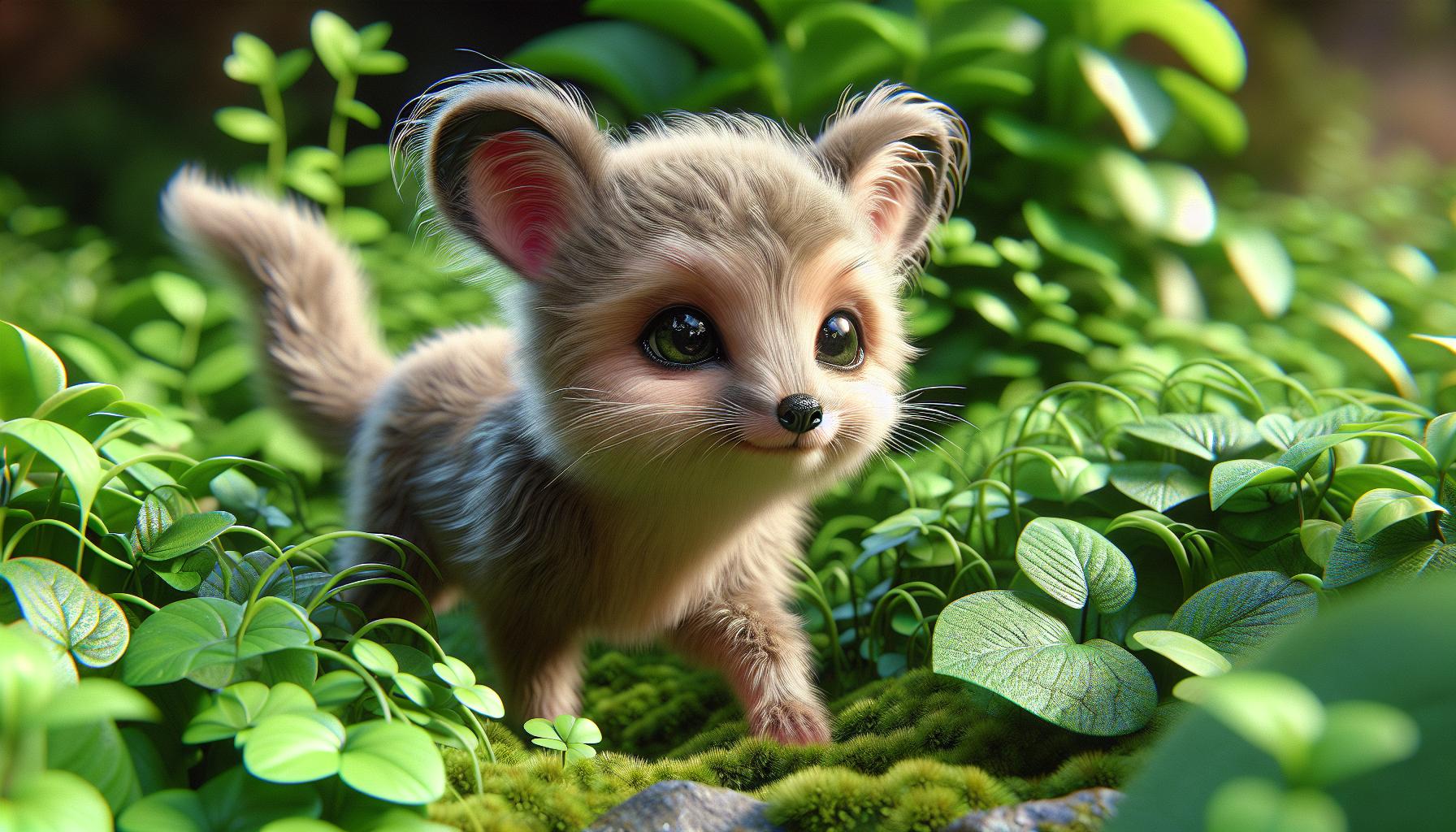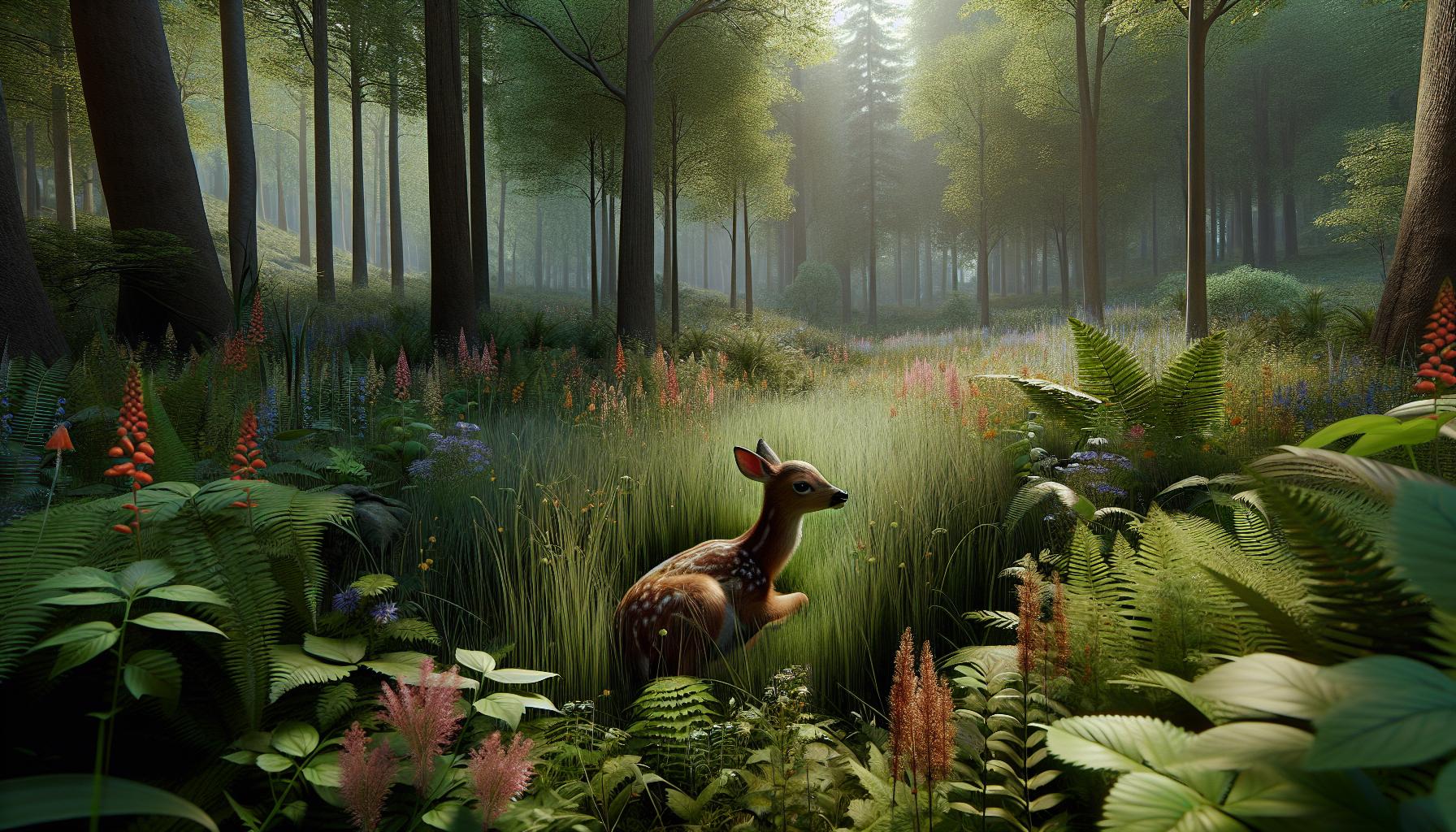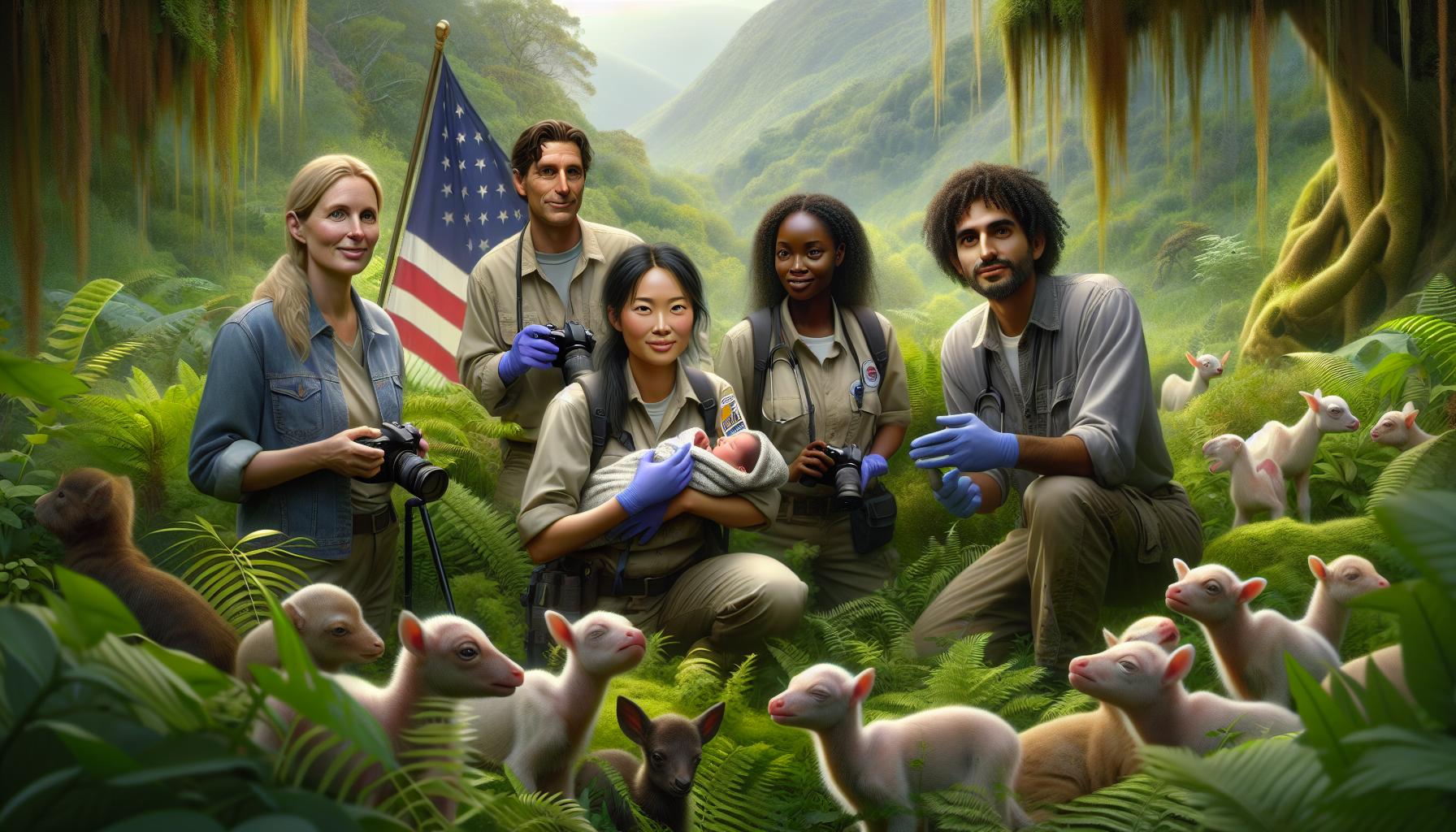When I think about the wonder of baby animals, I can’t help but feel a rush of joy. These tiny creatures, with their playful antics and innocent curiosity, capture our hearts and remind us of the beauty of nature. From fluffy puppies to adorable kittens, every baby animal has a unique charm that brings a smile to our faces.
Key Takeaways
- Joy and Wonder: Baby animals evoke feelings of joy and remind us of nature’s beauty through their playful behavior and innocent curiosity.
- Diversity and Ecosystems: They come from varied species including mammals and reptiles, each exhibiting unique characteristics and playing important roles in their ecosystems.
- Development Stages: Different baby animals require varying levels of parental care, influencing their growth and survival tactics.
- Habitat Importance: Understanding the habitats of baby animals reveals their adaptations and the challenges posed by human impact, such as urbanization and pollution.
- Conservation Awareness: Efforts to protect baby animals are crucial, encompassing wildlife reserves, rehabilitation programs, and public education on conservation practices.
- Threats to Survival: Key threats include habitat destruction, climate change, pollution, and the illegal wildlife trade, which necessitate focused conservation efforts to ensure their survival.
Baby:_Muehgndvyg= Animals
Baby:_Muehgndvyg= animals captivate with their unique characteristics and behaviors. These creatures exhibit playful actions, reflecting innocent curiosity that appeals to many. Observing them fosters an appreciation for nature’s diversity and beauty.
Baby:_Muehgndvyg= animals include various species ranging from mammals to reptiles. They possess distinctive features during their early stages, such as soft fur or bright scales.
Species of Baby:_Muehgndvyg= Animals:
- Puppies: Known for their boundless energy and social behavior, they thrive on interaction and playfulness.
- Kittens: These small felines display agility and an innate ability to explore their surroundings.
- Fawns: Young deer exhibit a gentle nature and often stay hidden to avoid predators.
- Chicks: Baby birds, such as chicks, quickly learn to chirp and forage, relying on their mothers for sustenance.
Each type of baby:_muehgndvyg= animal plays a crucial role in its ecosystem. Their development stages vary widely, with some needing extensive parental care, while others gain independence rapidly. Understanding their behavior and characteristics enhances my appreciation for wildlife and the interconnectedness of life.
Characteristics of Baby:_Muehgndvyg= Animals

Baby:_Muehgndvyg= animals exhibit distinctive characteristics that contribute to their charm and adaptability in nature. These traits include unique physical features and significant behavior patterns that aid in their survival.
Physical Features
- Soft fur or downy feathers reflect warmth in baby mammals and birds.
- Large eyes provide enhanced vision, essential for navigating their environment.
- Small size allows for easier movement in tight spaces and underbrush.
- Bright colors or patterns serve as camouflage or draw attention to protective adults.
- Proportionately larger heads facilitate growth and brain development.
- Playful antics enhance social skills and improve physical coordination.
- Instinctive foraging encourages exploration and recognition of food sources.
- Vocalizations, like chirping or barking, create communication avenues with caregivers.
- Bonding behaviors, such as grooming and snuggling, establish connections with parents.
- Mimicking adult behaviors aids in learning survival tactics essential for growth.
Habitat and Environment

Understanding the habitats and environments of baby animals highlights their unique adaptations and the challenges they face in nature. Different species thrive in distinct ecosystems, which shapes their growth and development.
Natural Habitat
Baby animals inhabit a variety of ecosystems, from forests to grasslands, wetlands to deserts. Each environment provides specific resources essential for survival. For instance, puppies commonly reside in human households, where they adapt to indoor life but require outdoor exploration for socialization and exercise. Kittens often find shelter in urban areas, utilizing alleys and gardens for hunting practice. Fawns typically inhabit forests, relying on cover to hide from predators during their early weeks. Chicks usually nest in trees or bushes, where they learn to forage for food under the watchful eye of their parents. The conditions in these habitats, such as temperature and food availability, directly influence their growth, behaviors, and survival rates.
Human Impact
Human activities significantly impact the habitats of baby animals. Urbanization reduces available natural spaces, forcing wildlife to adapt to fragmented environments. Pollution affects the air and water quality, threatening both the habitats and health of baby animals. Deforestation leads to habitat loss, altering ecosystems that sustain various species. Conservation efforts become essential to maintain natural habitats and protect baby animals from extinction. Awareness and responsible practices can help create a balance between human development and wildlife preservation, supporting the delicate interdependence that defines our ecosystems.
Conservation Status

Understanding the conservation status of baby animals is crucial for ensuring their survival and the health of ecosystems. Various threats challenge their existence, prompting significant conservation efforts.
Threats to Baby:_Muehgndvyg= Animals
Habitat destruction remains a significant threat to baby animals. Urbanization, agricultural expansion, and deforestation minimize available space, disrupting nesting areas and food sources. Climate change alters ecosystems, affecting weather patterns and food availability, which harms baby animal populations. Pollution from plastics and chemicals contaminates habitats, leading to health issues in vulnerable species. Additionally, predation by invasive species poses dangers, as they can outcompete or prey on native fauna. The illegal wildlife trade further jeopardizes their survival, targeting young animals for exotic pet markets.
Conservation Efforts
Numerous conservation efforts aim to protect baby animals and their habitats. Wildlife reserves and protected areas limit habitat loss and offer safe environments for species to thrive. Rehabilitation programs focus on rescuing and nurturing orphaned baby animals, with the goal of eventually reintegrating them into the wild. Organizations promote legislation that safeguards endangered species, creating stricter regulations around hunting and habitat destruction. Public awareness campaigns educate communities about the importance of wildlife conservation, encouraging responsible practices like sustainable farming and waste management. Volunteering in conservation initiatives or contributing to donations also aids these efforts, enhancing preservation activities worldwide.
Witnessing the charm of baby animals fills me with joy and appreciation for the natural world. Their playful antics and innocent curiosity remind us of the beauty and fragility of life. Each tiny creature plays a crucial role in its ecosystem, and understanding their unique adaptations helps us appreciate their significance.
As I reflect on the challenges these baby animals face, I’m reminded of the importance of conservation efforts. By supporting initiatives that protect their habitats and raise awareness, we can contribute to their survival. Engaging in these efforts not only safeguards their future but enriches our connection to nature. Together, we can ensure that the wonder of baby animals continues to inspire generations to come.

